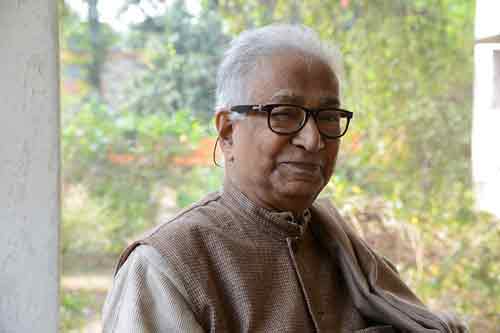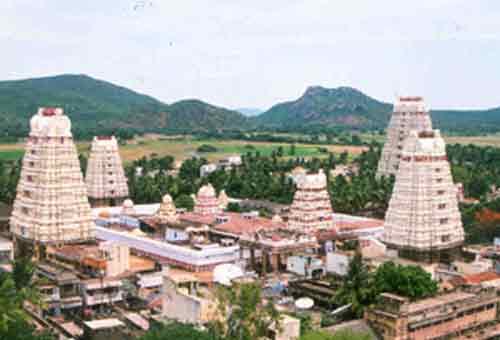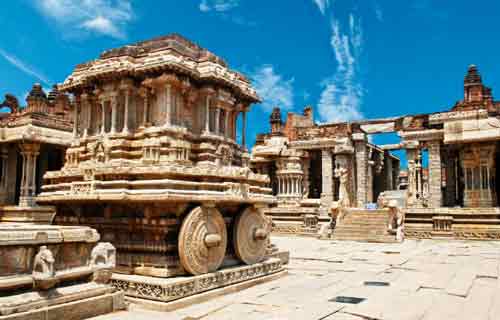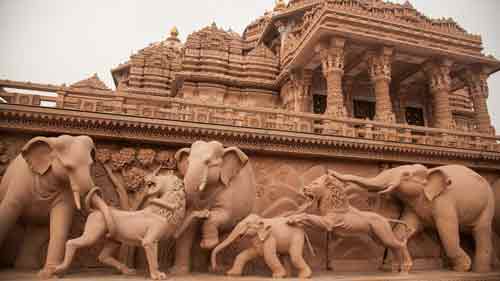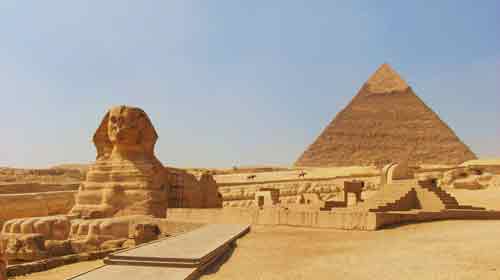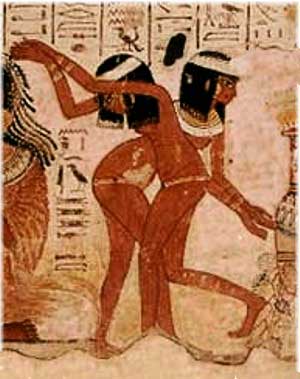BINOD BIHARI MUKHERJEE
A recipient of Padma Vibhushan, Binod Bihari Mukherjee was an artist with diverse interests. His creativity was so intense that it found its way of expression not only in form of paintings but he also murals and sculptures. Born in a highly literate family, Binod was unable to pursue a systematic form of schooling […]
K.G SUBRAMANYAN THE GREAT PAINTER
Painter, sculptor, muralist, K G Subramanyan was born in a village in north Kerala in 1924. While studying economics at Presidency College, Madras, Subramanyan became involved in the freedom struggle. He was imprisoned and debarred from government colleges. The turning point of his life came when he joined Kala Bhavan at Visva Bharati in […]
RAJASTHANI PAINTING
Rajput painting, also called Rajasthani painting, evolved and flourished in the royal courts of Rajputana in India. Each Rajputana kingdom evolved a distinct style, but with certain common features. Rajput paintings depict a number of themes, events of epics like the Ramayana. Miniatures in manuscripts or single sheets to be kept in albums were the preferred medium of Rajput painting, […]
RAMESHWARAM TEMPLE
Ramanathaswamy Temple is an important pilgrimage site for the followers of Hinduism. It is believed that a visit to this temple washes away one’s sins and brings salvation (moksha). Located on an island off the Sethu coast of Rameshwaram, Ramanathaswamy Mandir can be reached via Pamban Bridge across the sea. Being situated in Rameswaram, […]
HAMPI
Hampi is an ancient site that once used to be the royal capital of the Vijayanagar Empire. Known as the ‘city of ruins’, Hampi is a small village in the northern part of Karnataka. Hampi is regarded as one of the most beautiful towns in Karnataka. Located near Hospet, Hampi is easily accessible by regular […]
AKSHARDHAM TEMPLE
Akshardham Temple is a marvel of architecture that is unfolding the cultural legacy of 10,000 years. The construction of this grand structure took around 5 laborious years. Today, this imposing structure, standing on the banks of serene Yamuna River near Nizamuddin Bridge in Delhi, attracts millions of tourists and devotees to its doorstep. In […]
EGYPTIAN PYRAMIDS
The Egyptian pyramids are ancient pyramid-shaped masonry structures located in Egypt. As of November 2008, sources cite either 118 or 138 as the number of identified Egyptian pyramids. Most were built as tombs for the country’s pharaohs and their consorts during the Old and Middle Kingdom periods. The earliest known Egyptian pyramids are found at Saqqara, northwest of Memphis. The earliest among these is the Pyramid of Djoser (constructed 2630 […]
MURALS IN WORLD
Mural paintings have been an integral part of art from the ancient times when man started engraving and inscribing pictures on the walls of caves. The cave inscriptions and paintings and the murals in the temples and palaces gives us insights into the changing culture and evolution The real value and beauty of these […]
EGYPTIAN MURAL PAINTING
Egyptian art is famous for its distinctive figure convention, used for the main figures in both relief and painting, with parted legs (where not seated) and head shown as seen from the side, but the torso seen as from the front, and a standard set of proportions making up the figure, using 18 “fists” to go […]
HARAPPAN CIVILIZATION
One of the most fascinating yet mysterious cultures of the ancient world is the Harappan civilization. This culture existed along the Indus River in present day Pakistan. It was named after the city of Harappa which it was centered around. Harappa and the city of Mohenjo-Daro were the greatest achievements of the Indus valley civilization. These cities […]


